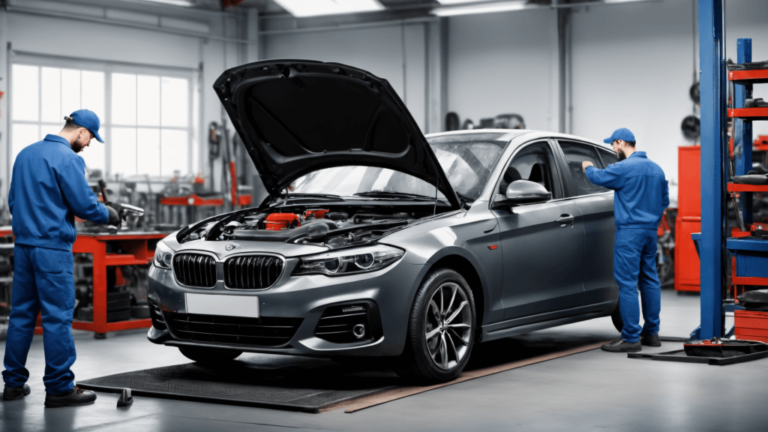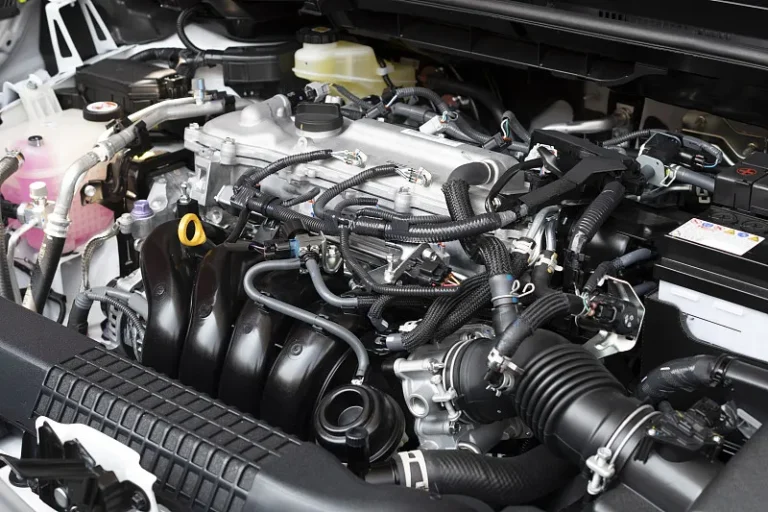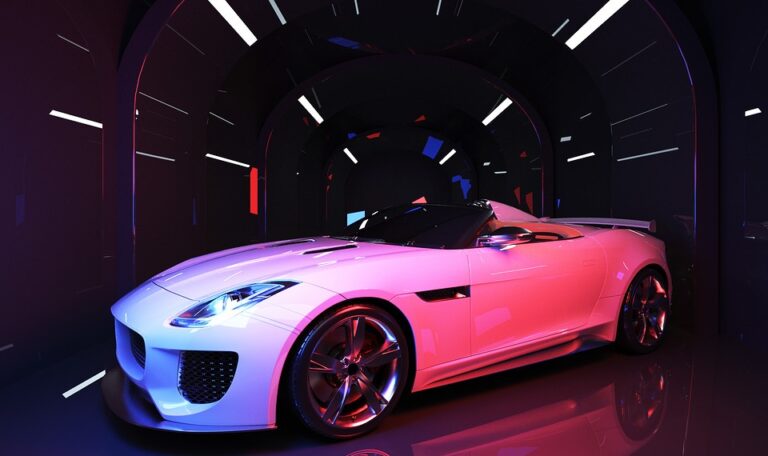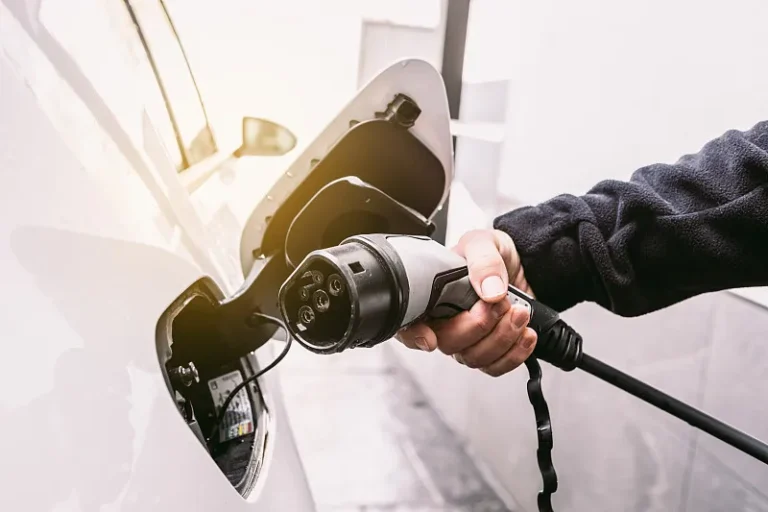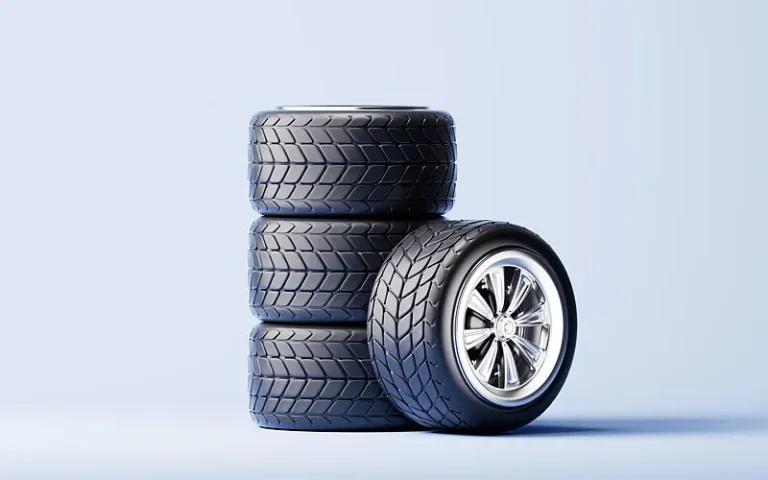Car Rearview Mirrors’ Evolution: Reflection to Smart Assistance
Car rearview mirrors have evolved from simple reflective surfaces to smart assistance tools. Their transformation enhances safety and convenience, showcasing the progress of automotive technology.

Early Days: No Mirrors, Just Instinct
Early cars had no rearview mirrors. Drivers had to turn their heads to check behind them, which was unsafe. In 1906, British racer Dorothy Levitt suggested using a handheld mirror for rear visibility. However, it wasn’t attached to the car.
In 1911, Ray Harroun mounted a mirror on his steering wheel for the Indianapolis 500 race. His goal was to eliminate the co-driver, reducing weight. Although not very effective, this idea inspired future designs. In 1921, Elmer Berger patented the "COP-SPOTTER" mirror, making it the first mass-produced rearview mirror.
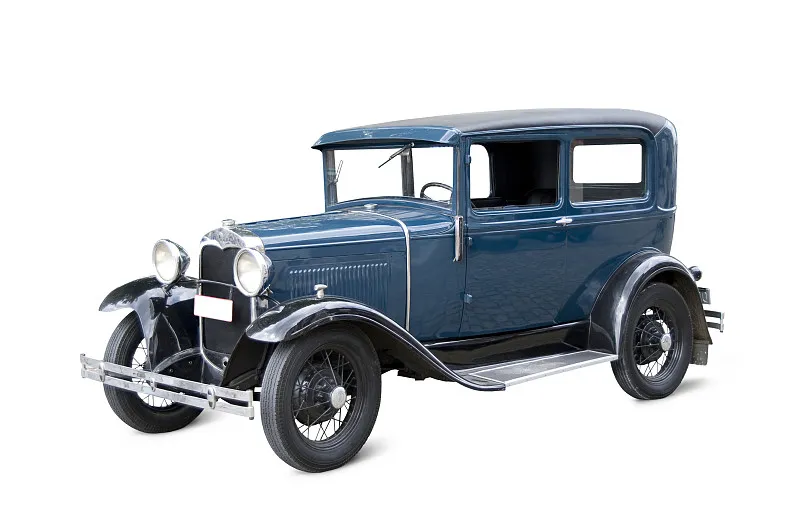
Mid-20th Century: Expanding Safety & Visibility
Early mirrors were basic—single-sided, round, and flat. By the 1960s, laws required side mirrors to improve safety. To reduce blind spots, manufacturers introduced curved mirrors, expanding the driver’s view. Anti-glare mirrors also emerged, reducing headlight glare at night.
21st Century: The Smart Mirror Revolution
Smart technology transformed rearview mirrors. Backup cameras became common, reducing reversing accidents. Blind spot monitoring and lane-change assist followed. These systems detect nearby vehicles and activate warnings if a collision risk is detected.
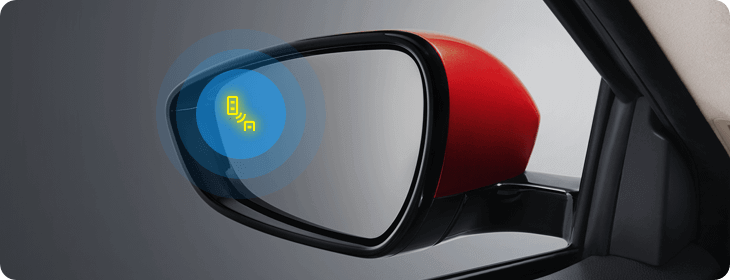
Rise of Digital Rearview Mirrors
Electronic mirrors replaced traditional glass with HD cameras and screens. They offer:
Wider visibility – Up to 30% more coverage, reducing blind spots.
Better night vision – 1000-nit brightness improves clarity.
Lower wind resistance – Enhancing aerodynamics and efficiency.
For example, the Avatr 12 digital mirror improves visibility while reducing wind noise. These mirrors also integrate with ADAS (Advanced Driver Assistance Systems) for enhanced safety.
Future of Rearview Mirrors
Modern car rearview mirrors are evolving. Wuling’s smart blue light will indicate active driver assistance. Future innovations may include:
AR navigation – Displaying real-time route guidance.
Traffic hazard detection – Alerting drivers to risks.
Driver behavior insights – Enhancing safety awareness.
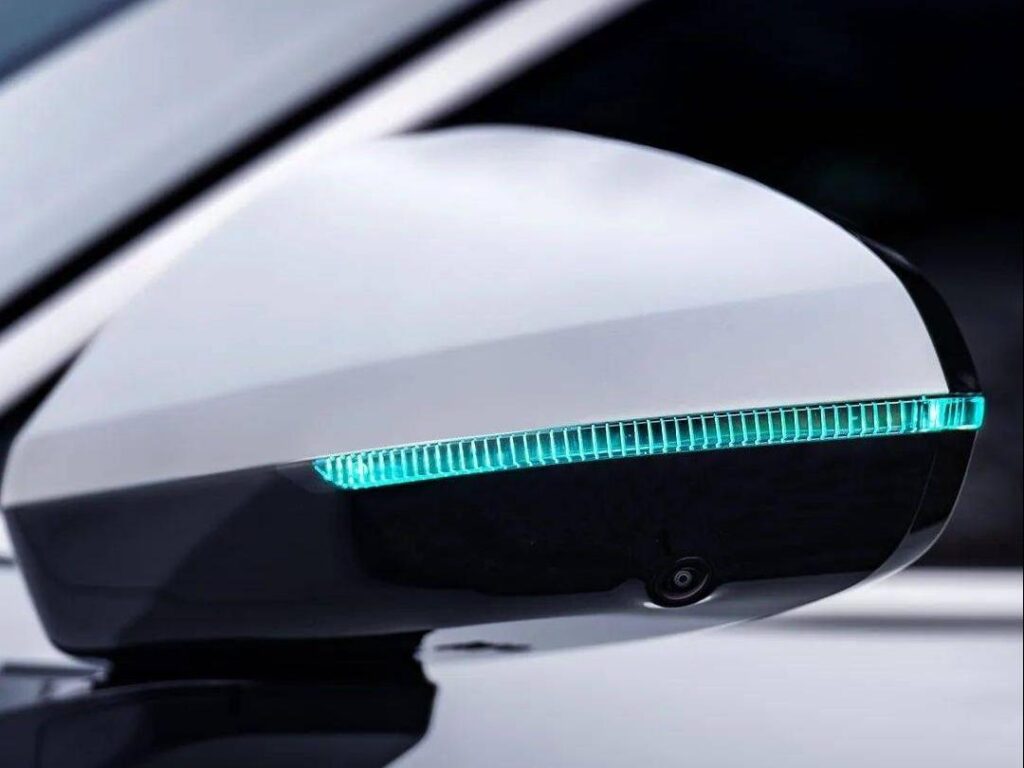
Conclusion: Smarter, Safer Driving
The car rearview mirrors have transformed from a simple mirror to an advanced safety tool. These innovations improve driving safety and convenience. As technology advances, rearview mirrors will continue to evolve, shaping the future of smart driving.
If you have a need to buy a used car, or if you run a used car business, we’re here to help. As a leading exporter with over 20 years of experience, DDong Used Cars offers a wide range of vehicle brands (100+), efficient logistics, and after-sales support.
Contact us today to learn more. Simply let us know what you’re looking for, and we’ll provide you with an unmatched sourcing experience. Explore our news section for more automotive insights and tips for running a successful dealership.

